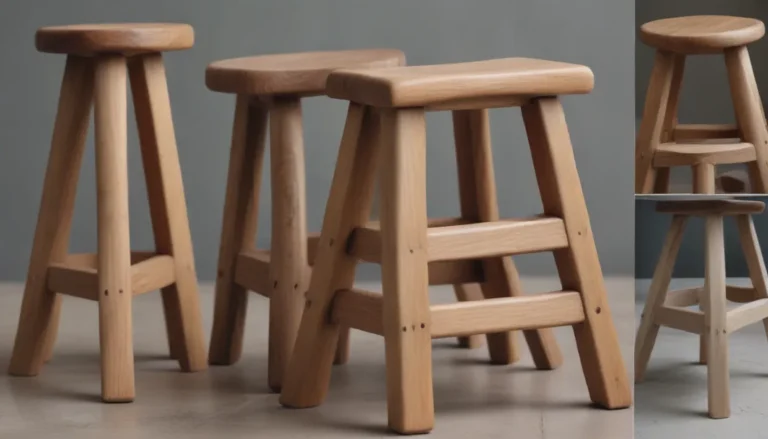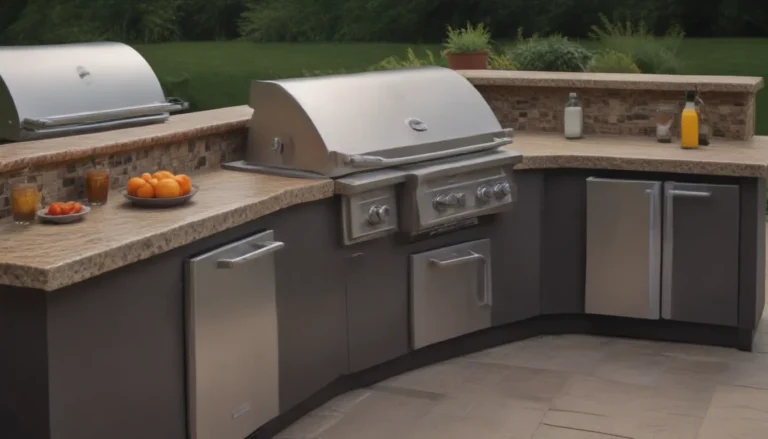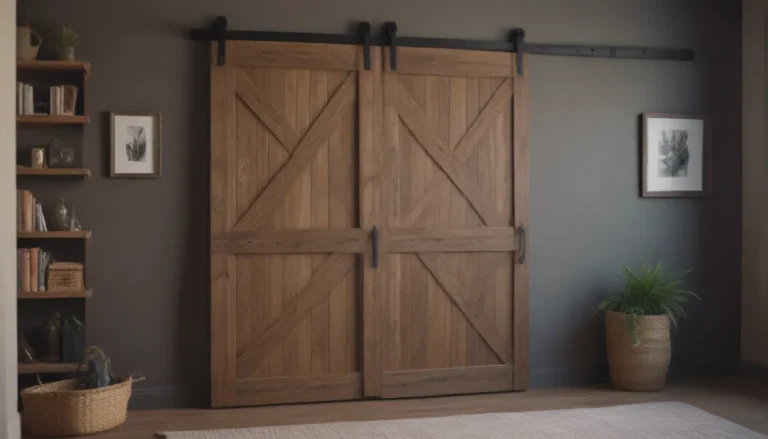The Ultimate Guide to Power Sanders: Everything You Need to Know

Welcome to the ultimate guide to power sanders! If you’re a DIY enthusiast looking to tackle home improvement projects with ease, then you’ve come to the right place. Power sanders are versatile tools that can save you time and effort when it comes to smoothing and abrading surfaces for a variety of tasks. Whether you’re stripping paint, refinishing furniture, or preparing wood for a new finish, a power sander can be your best friend.
Why You Need a Power Sander
Gone are the days of manual hand-sanding that can take hours to achieve the desired result. With a power sander, you can accomplish the same task in a fraction of the time. These electric or battery-powered tools come in various types, each suited to different needs and projects. Before we dive into the different types of power sanders, let’s take a look at why they are essential for any home workshop:
- Saves time and effort compared to manual sanding
- Provides a smooth and uniform finish
- Ideal for a variety of home repair and improvement tasks
- Easy to use and handle
- Can be rented for occasional use
Understanding Power Sanders by Action
Power sanders are often categorized based on the action by which the motor moves the sanding pad and sandpaper. There are three main types of power sanders based on their action:
- Rotary:
- Random Orbit:
- Rotating Belt:
Each type of power sander has its own set of advantages and can be used for specific tasks. Let’s explore the six different types of power sanders and how to choose the right one for your next project.
6 Types of Power Sanders and How to Choose One
1. Random Orbit Sander
Best for: Versatile, everyday sanding tasks
Random orbit sanders are a popular choice for DIY homeowners due to their versatility and ease of use. These sanders work by oscillating the sanding pad in random orbits, preventing distinctive patterns on the wood surface. They are perfect for smoothing thin veneer wood or buffing solid surface countertops. When it comes to choosing a random orbit sander, look for a 1/4-sheet or 1/2-sheet model, depending on your needs. Prices start at around $50 and can go up to a few hundred dollars for more advanced models.
Tip: Avoid using a random orbit sander for tasks it is not designed for, such as heavy wood removal or floor sanding.
2. Belt Sander
Best for: Coarse removal of wood or finishes
Belt sanders work by driving a continuous loop of abrasive sandpaper in a circular motion. They are excellent for initial stages of stripping paint or removing surface coatings. However, belt sanders are not ideal for detailed work and can be challenging to maneuver in tight spaces. Prices for belt sanders start at about $75, with professional-level tools costing up to $300.
Tip: Use caution when using a belt sander to avoid gouging or scoring the work surface.
3. Rotary Sander
Best for: Coarse removal tasks
Rotary sanders are power tools with a sanding head that rotates in a circular motion. While they were once popular, their usage has decreased with the availability of random orbit sanders. Rotary sanders are suitable for coarse removal tasks but can be difficult to control, leading to scores and gouges if not handled carefully.
4. Drum Sander
Best for: Sanding floors during refurbishing
Drum sanders are large, upright belt sanders used for sanding down floors. These powerful tools are available for rent at tool rental centers and are perfect for removing bumps, stains, and adhesives from solid wood flooring. However, they are not suitable for engineered wood or non-wood flooring.
Tip: Drum sanders are heavy and require two people to transport to avoid damaging the work surface.
5. Stationary Sanders
Best for: Precision sanding in woodworking projects
Stationary sanders are ideal for hobby woodworkers who require precise sanding of project parts. These floor-mounted or table-mounted sanders include spinning sanding disks and rotating sanding belts for fine-tolerance sanding. While not essential for most DIY homeowners, investing in a stationary sander can enhance your woodworking projects.
6. Detail Sanders
Best for: Oddly shaped objects and tight corners
Detail sanders are smaller versions of orbital sanders with interchangeable, triangular pads. These sanders are perfect for reaching tight corners and areas that are difficult to access. While detail sanders are great for precise and small-scale projects, they are not suitable for heavy-duty tasks like paint removal or drywall sanding.
Choosing the Right Power Sander
When selecting a power sander for your project, consider the following factors:
- Dust bag: Helps keep your work area clean
- Variable speed: Allows for greater control over sanding
- Dust-sealed switches: Prevents dust from entering the tool
- Molded, padded handles: Provides a comfortable grip for extended use
- Balanced weight: Ensures easy handling and maneuverability
By choosing a power sander that aligns with your project needs and preferences, you can achieve professional-quality results with minimal effort. Whether you’re a novice DIYer or a seasoned woodworker, having the right power sander in your toolkit can make a world of difference.
In conclusion, power sanders are essential tools for any home workshop or woodworking project. With a wide range of options available, from random orbit sanders to drum sanders, you can choose the best tool for your specific needs. By following our guide and tips for choosing the right power sander, you can tackle any project with confidence and achieve a flawless finish every time. Happy sanding!





